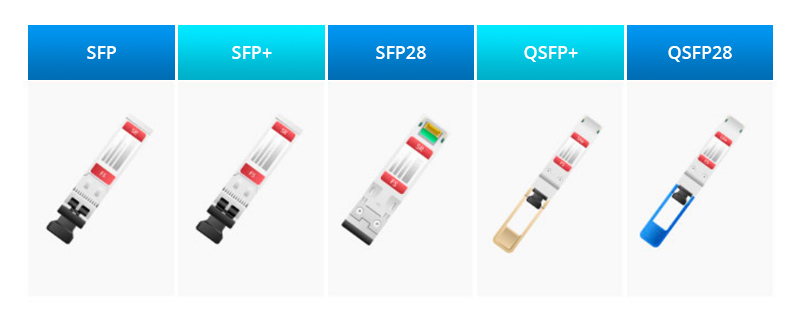































Presentations from mobile industry players paint a rosy picture of the 5G future that awaits us, citing improved mobile experiences, new features and capabilities, and expansion into multiple vertical markets.
5G is here. Find out what it means for your smartphone and much, much more.
Read nowAs 5G networks evolve, we're told, coverage will branch out from densely populated places to cover wide areas, while use cases such as industrial IoT, C-V2X (cellular vehicle-to-everything), smart agriculture and mobile XR (eXtended Reality) will mature thanks to faster speeds, lower latency and greater reliability. At the same time, the network infrastructure itself will become more sustainable.
Yet the current experience of 5G for many people is very different. I'm writing this article from my home office in a rural but hardly remote UK location (I'm 40 miles from central London, 12 miles from Milton Keynes, 15miles from Bedford, 14 miles from Luton). Entering my postcode into the coverage checkers for the UK's four mobile networks reveals a 5G desert: O2 -'Sorry, we do not have 5G coverage at this location'; Vodafone - 'No coverage yet'; EE - '5G is not available at this location yet'; Three - 'Unavailable. Unfortunately, our 5G network isn't currently available in this area'. Yet the UK is regarded as a pioneer in 5G deployment in Western Europe.
Clearly there's a long way to go before 5G fulfils its promise in many places, even though smartphones supporting the technology are now widely available. The journey to 5G fulfilment will hopefully involve the disposal of conspiracy theories and health scares, but also requires more legitimate concerns, such as airport safety (in some regions), to be addressed.
Let's look further at where 5G is going, and how it will get there. For more detail, check out the other articles in ZDNet's special report.
As of the end of December 2021, according to the GSA (Global Mobile Suppliers Association), 487operators in 145countries or territories had invested in 5G mobile or 5G FWA/home broadband networks. Of these, 200operators in 78countries/territories had announced 3GPP-compatible 5G service launches (mobile or FWA), with 187 offering commercial 5G mobile services and 83 providing 5G FWA services.
A recent development is the advent of standalone (SA) 5G networks, which combine 5G New Radio (NR) in the Radio Access Network (RAN) and 5G core infrastructure at the back end -in contrast to non-standalone (NSA) 5G networks that piggy-back on existing 4G LTE deployments. Backed by cloud-native microservices-based infrastructure, 5G SA networks can offer low latency, massive device support, and network slicing to accommodate use cases and customers with different service level requirements.
GSA has identified 99operators in 50countries that are "investing in 5G standalone for public networks in the form of trials, plans, paying for licences, deploying, or operating networks". At least 20operators in 16countries have launched public 5G SA networks, according to GSA, while a further five have deployed 5G SA technology but have yet to launch services, or have only soft-launched them. Add the 25operators that are in the process of deploying or piloting public 5G SA and 27that are planning to do so, and it's clear that "the launches catalogued by the GSA so far will be the first of many".
Private 5G networks designed for specific needs are an attractive option for many organisations and enterprises -especially those that prefer, or need, to keep their data securely on-premises and/or require reliable low-latency connectivity for use cases like smart manufacturing. According to GSA, 166organisations are using 5G technology for private mobile networks or pilots, of which 32are already working with 5G SA.
Here's a summary of these numbers:
Network type | Operators | Countries |
5G mobile or FWA / home broadband | 487 | 145 |
3GPP-compatible 5G services | 200 | 78 |
5G standalone (SA; public, all) | 99 | 50 |
| 20 | 16 |
| 5 | |
| 25 | |
| 27 | |
| 22 | |
5G (private) | 166 | |
| 32 |
Data: Global Mobile Suppliers Association (GSA)
Although there's plenty of noise around private 5G networks, Omdia analyst Pablo Tomasi has cautioned that 2022 may not be the year that sees lift-off: "5G will play an increasingly important role, but despite what everyone wants, this won't be the year of 5G. What we still see in the market is that private LTE is a good enough technology to address the majority of the use cases. There are still a lot of uncertainties regarding what private 5G can do that LTE cannot deliver," he said in a recent interview.
The main use cases envisaged for 5G -- enhanced mobile broadband (eMBB), ultra-reliable low-latency communications (URLLC), massive machine-type communications (mMTC) and fixed wireless access (FWA) -- require different combinations and amounts of radio frequency spectrum. There are three main 5G bands: low (<1GHz), mid (1-6GHz), and high (24-100GHz, a.k.a. mmWave).
Low-band spectrum offers wide coverage and good indoor penetration, but speeds and latencies are little better than those delivered by 4G LTE networks. Mid-band spectrum offers a good combination of speed (~100Mbps) and coverage, while high-band mmWave spectrum can deliver very fast speeds (
 Etiquetas calientes:
tecnología
Los teléfonos inteligentes
5G
Etiquetas calientes:
tecnología
Los teléfonos inteligentes
5G